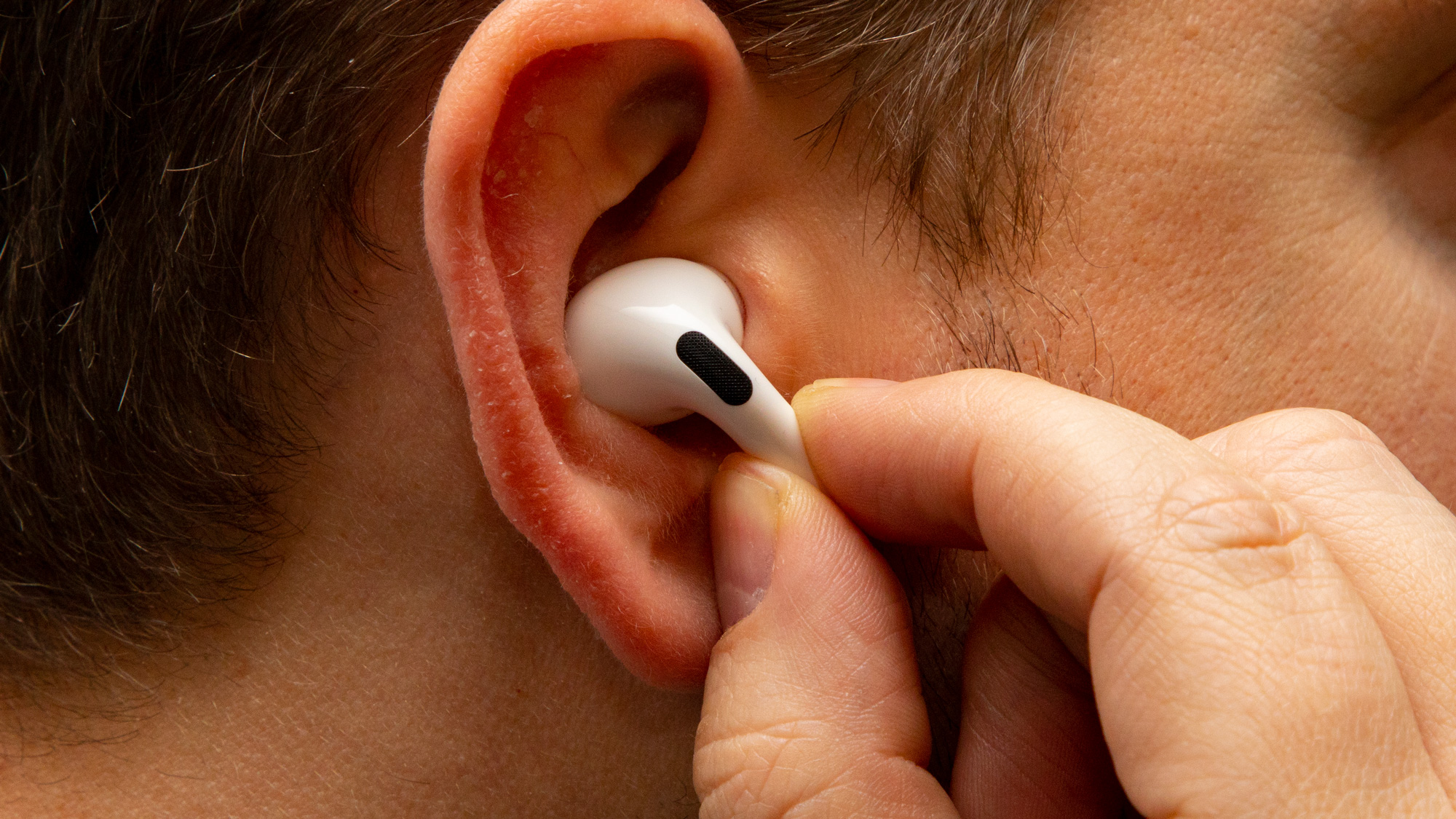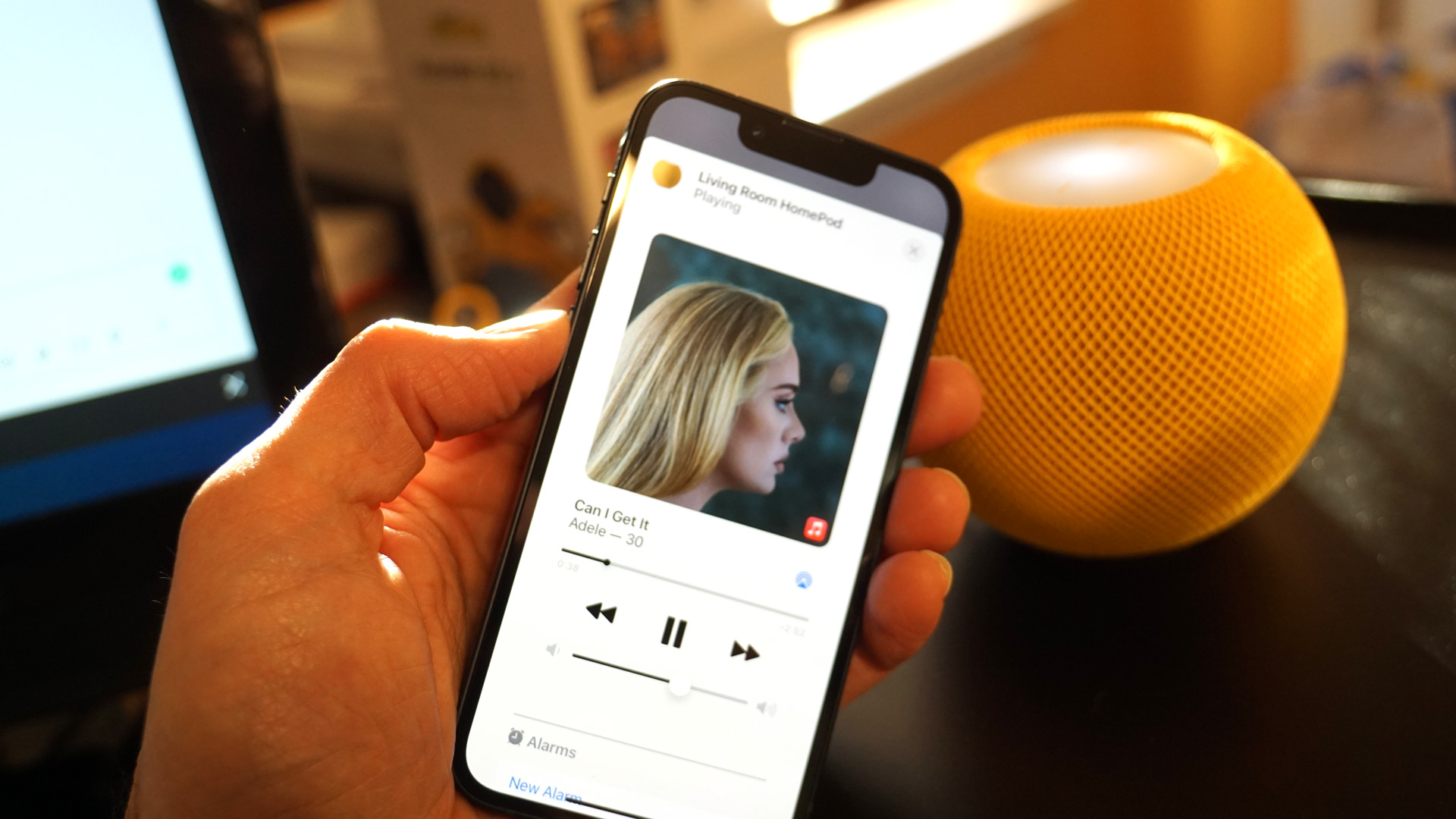AirPods Pro 2: the Bluetooth tricks Apple could use for higher-res streaming
The tech that could finally add lossless to Apple headphones

One of the biggest rumors about the AirPods Pro 2 is that they'll be the first Apple headphones to get lossless audio support when they launch, which is likely to be later in 2022.
Apple added higher-resolution tracks to Apple Music last year, yet there was no way to fully take advantage of the higher-quality tracks with Apple's own hardware. Even the mighty AirPods Max lacked a way to listen to lossless tracks.
Instead, Apple focused on adding headtracking Spatial Audio support (via Dolby Atmos) to its headphones, including the AirPods 3rd Gen, which it introduced in Apple Music at the same time as lossless.
Music aficionados have been wondering whether Apple would add wireless lossless sound over Bluetooth to its future earbuds, and rumors have suggested that AirPods Pro 2 will be where it starts.
I've said before that even though it's possible for Apple to do it, I'm not convinced that will happen now. I think if it were going to happen, we'd see some evidence of it in iOS 16. But that makes you ask: evidence of what? How could Apple actually make higher-res streaming over Bluetooth work?
Obviously, I don't know what the famously secretive Apple is or isn't cooking up, but I do know how other companies have achieved the same thing. There are technologies Apple could deploy to boost the quality of sound transmission between iPhones and AirPods and make AirPods Pro 2 the best AirPods so far.
What Apple won't do
First, let's get a couple of things straight. There's already technology for higher-quality streaming over Bluetooth: Qualcomm's aptX and Sony's LDAC. There's also Snapdragon Sound, though it's also based on aptX tech.
Sign up for breaking news, reviews, opinion, top tech deals, and more.
Apple isn't going to use either of these. The company won't want to pay Qualcomm for the license to use aptX. It also won't want to use Sony's LDAC software-based solution, when Apple could make its own software without giving anyone else credit.
So if it happens, I very much doubt it will be with any existing technologies. At least… not without these existing technologies by name. What I do think will happen is that Apple will use some of the same concepts that are used by these systems with some unique Apple tech thrown in too. So let's talk tech.

1. Mixing lossy and lossless into one
When we're discussing 'lossless' music, we mean as opposed to 'lossy' music, which is where the compression used to make the file small enough to stream has caused details to be lost. Lossless files are larger, so they retain more fine details in elements such as a singer's voice, or fingers moving on a guitar string.
However, to stream music over Bluetooth, it has to be compressed. So how do you balance the need to compress it with the desire to keep details?
Well, there's an opportunity created by biology: the human ear doesn't hear all frequencies as well as each other. We're better at picking out some and weaker at hearing fine details in others. So you can afford to use lossy compression in some parts, and keep the most important parts lossless.
This is what LDAC does. According to a Japanese site, translated by Android Authority, LDAC divides tracks into bands of frequencies. The most important ones for our hearing are prioritized and the least important ones are given limited bandwidth.
We wouldn't be surprised to see Apple apply this kind of optimization to achieve lossless audio streaming.

2. Adaptive data speeds
Now we know how Apple could get as much detail as possible into the limited streaming bandwidth of Bluetooth, but there's another problem: consistency.
To deliver perfect-sounding audio, you need a very reliable connection. That's why audiophiles love wired headphones: you can't get much more consistent than a big ol' cable.
Bluetooth is easily interfered with, and the amount of data it can pass drops at distance. This is rarely a problem with today's lossy Bluetooth transmissions because they don't push Bluetooth to the limit – if there's a bit of a drop in speeds, the connection is still strong enough for the sound to come through.
But if you're maxing out Bluetooth's data capacity with lossless transmission, then even a small drop in data speeds will cause stuttering, because the signal is incomplete.
So there are two solutions here used by LDAC that Apple will probably imitate (well, not exactly, but in principle): the first is to never use the maximum bitrate of Bluetooth; the second is to be able to adjust the transmission rate on the fly so the signal never totally degrades.
Bluetooth 5 has a maximum data rate of 2Mbps, but that's only really possible when right next to your device with a clear line of sight. So LDAC is designed to never exceed 1Mbps – that means that fully 50% of Bluetooth's maximum speed can be lost and you'll still get music at full quality.
And then within that 1Mpbs, LDAC actually has three different data rates it can use: 990kbps, 660kbps, and 330kbps. When everything is fine, you get full-quality sound at 990kbps. When the signal gets a bit ropey, it can drop to 660kbps, maintaining most of the quality still. And when you're really far from your phone, it can drop to 330kbps.
330kbps is basically the normal quality of Bluetooth transmission today, so you've lost the lossless advantage at that point… but that's okay. The point is to only use that when the connection would drop if it didn't – better to maintain uninterrupted transmission at lower quality for a moment than to throw a data wobbly leaving you wondering what's happening.
It's exactly the kind of practical solution Apple would use with its focus on seamless experiences.

3. ALAC file support
When it comes to maintaining the quality of a file, the quality of the connection is just one element of it. The format you stream it in is also a major factor. Regular Bluetooth audio supports two formats for transmission: SBC and AAC.
SBC is only ever used for Bluetooth, which means that if you have an MP3 file or the OGG files used by Spotify, they have to be converted to SBC on the fly for transmission. This tends to be a lossy process – there's a slight reduction in quality from the rapid re-encoding.
Apple has always championed AAC. AAC is both a music file type (regular quality Apple Music tracks use it) and a transmission format over Bluetooth (in headphones that support it). This means that there's no conversion if you're playing an AAC file on your phone to some headphones that support AAC, so it's a lossless transmission, of a sort.
For the hi-res/lossless music in Apple Music, Apple uses a different file type, called ALAC (Apple Lossless Audio Codec). If Apple creates its own high-quality Bluetooth transmission system, we'd expect it to be based around ALAC, so that no conversion would be necessary – just some smart managing of the data rate, of the kinds mentioned above.
These kinds of things won't be the only tricks Apple uses – if it's really working on a successor to the (still excellent) current AirPods Pro with lossless at all – but I wanted to explain the kind of things Apple can do within current Bluetooth tech.
I'll definitely be first in line to buy some new AirPods if this does come true, and not just because my old ones went through the wash and now sound like the ocean. More than that, I'm eager to see what Apple's impressive driver designs can do with an even better music source.

Matt is TechRadar's Managing Editor for Entertainment, meaning he's in charge of persuading our team of writers and reviewers to watch the latest TV shows and movies on gorgeous TVs and listen to fantastic speakers and headphones. It's a tough task, as you can imagine. Matt has over a decade of experience in tech publishing, and previously ran the TV & audio coverage for our colleagues at T3.com, and before that he edited T3 magazine. During his career, he's also contributed to places as varied as Creative Bloq, PC Gamer, PetsRadar, MacLife, and Edge. TV and movie nerdism is his speciality, and he goes to the cinema three times a week. He's always happy to explain the virtues of Dolby Vision over a drink, but he might need to use props, like he's explaining the offside rule.